With its vibrant history and colorful neon lights, Chinatown Bangkok is a lively and culturally vibrant district. There’s always something intriguing and exciting to discover in Chinatown, whether it’s in the morning, evening, or during a festive celebration. Bangkok’s Chinatown offers a rich cultural heritage, bustling markets, delicious street food, and captivating attractions. This dynamic and vibrant neighborhood demonstrates Chinese influence in Thailand and offers an unforgettable experience. Here’s what you need to know about Chinatown. We’ll explore its history, landmarks, markets, street food, and the most popular ways to experience this lively part of Bangkok.
Yaowarat Road
Chinatown adventure starts on Yaowarat Road. This historic thoroughfare has been in the center of the community for hundreds of years. Originally a canal, it was later completed and transformed into a bustling street. You’ll find bright, colorful signs along Yaowarat Road, and neon lights illuminate the district at night. Walking around Chinatown, you’ll experience the unique energy of the neighborhood.
Chinese Temples
There are several temples in Chinatown that reflect Chinese influence on Thailand, along with places of worship. By visiting these temples, you’ll gain a better understanding of the Chinese community here. Wat Traimit, known for its golden Buddha statue, and Wat Mangkon Kamalawat are among the temples to see.
Chinatown Markets
There are many markets in Chinatown, including Sampeng Market, which sells clothing, accessories, home goods, and electronics. Trok Itsaranuphap Market offers fresh produce and snacks. Woeng Nakhon Khasem Market offers traditional Chinese medicines and herbs. It is essential to explore each market for its own unique character and specialization.
Chinatown Street Food
Chinatown is a paradise for food enthusiasts. You’ll be spoilt for choice with the plethora of street food stalls serving mouthwatering dishes. Try the famous Thai-Chinese fusion of “Guay Jub,” a dish of rolled rice noodles in a flavorful broth. Don’t miss out on “Moo Ping,” succulent pork skewers, or the heavenly “Bael Fruit Tea” to quench your thirst. Exploring street food in Chinatown is an adventure for your taste buds and an opportunity to savor the authentic flavors of the region.
Chinatown Attractions
There are many attractions for tourists to discover in Bangkok’s Chinatown, each with its own unique appeal and historical significance. Here are some highlights:
Wat Traimit (Temple of the Golden Buddha):
It is a symbol of Thailand’s rich cultural and religious history to have the world’s largest solid gold Buddha statue, weighing 5.5 tons, on Traimit Road. In addition to serving as a temple complex, the complex houses an interesting museum detailing the Golden Buddha’s history.
Wat Mangkon Kamalawat (Wat Leng Noei Yi):
With its red exterior and ornate architecture, Wat Mangkon Kamalawat is a prominent temple in Chinatown. A center of worship for the local Chinese-Thai community, this temple attracts large crowds for elaborate celebrations during Chinese New Year.
Chinatown Heritage Center:
Located in Thanon Nakhon Kasem, this small but useful museum provides insight into the history of Chinese migrants and their impact on the development of the neighborhood. A variety of photographs, artifacts, and individual stories illustrate Chinatown’s melting pot of cultures.
Royal Jubilee Gate:
This magnificent ceremonial gate, known as the Odeon Circle, represents the powerful cultural ties between Thailand and China. It commemorates the 60th anniversary of King Rama V’s ascension to the throne. This gate is a stunning example of Chinese-inspired architecture with intricate details and artwork.
Narrow Alley Exploration:
You can get some excellent photographic opportunities in Chinatown as you stroll through its narrow alleyways and backstreets. You’ll find great finds, street art, and charming local shops.
Chao Phraya Riverfront:
You can take a boat ride along the Chao Phraya Riverfront to appreciate the gorgeous city views from the district, although it is not technically part of Chinatown. This includes the impressive contrast between Chinatown’s old-world charm and Bangkok’s modern skyscrapers.
Street Art and Murals:
While exploring Chinatown, take a look at the street art and murals that adorn the building walls. These artworks often depict scenes from daily life, local traditions, and cultural symbols, adding to the neighborhood’s unique character.
Local Eateries and Food Stalls:
It’s not a formal attraction, but Chinatown’s food stalls and local eateries offer delicious street food and authentic Chinese-Thai cuisine. Street life, coupled with the sizzling wok aroma, creates a lively and immersive experience for food enthusiasts.
Chinese Festivals and Celebrations:
You can visit the neighborhood during Chinese festivals such as Chinese New Year or Vegetarian Festival to see colorful decorations, parades, cultural performances, and traditional ceremonies. These events provide a deeper insight into Chinese-Thai culture.
Chinese Festivals and Celebrations:
Timing your visit to coincide with Chinese festivals like Chinese New Year or the Vegetarian Festival can be a wonderful experience. During these times, the neighborhood is adorned with colorful decorations, parades, cultural performances, and traditional ceremonies. These events provide a deeper insight into Chinese-Thai culture.
Chinatown Morning Exploration
Chinatown mornings offer a distinct and serene experience. The district awakens with locals practicing Tai Chi, merchants preparing their stalls, and the tantalizing aroma of freshly cooked breakfast dishes filling the air. You can join in the traditional morning exercises, or simply take a leisurely walk through the quiet streets to observe the daily routines of the local community. Enjoy a traditional Chinese breakfast at one of the local eateries to kickstart your day.
Chinatown Evening Exploration
The neon lights illuminate Yaowarat Road at night, creating a mesmerizing atmosphere. Visit the night markets for street food, snacks, and souvenirs. You can also take a tuk-tuk ride around the district to see the bustling nightlife or wander the streets, taking in the sights, sounds, and flavors.
Best Time to Visit Chinatown
Chinese New Year and Vegetarian Festival are prime times to visit Chinatown in Bangkok, when the district comes alive with vibrant celebrations, parades, and cultural performances. During these events, you will be able to experience the Chinese community’s traditions and festivals.
Chinatown Tips for Visitors
-
Navigating the District: Use public transportation or taxis to reach Chinatown, as traffic can be heavy. Once there, the area is best explored on foot.
-
Safety: Be cautious with your belongings and practice general safety precautions, as crowded areas can attract pickpockets.
-
Language: While English is widely spoken in Thailand, learning a few basic Thai phrases can be helpful, especially when dealing with local vendors.
-
Dress Code: When visiting temples, dress modestly, covering your shoulders and knees.



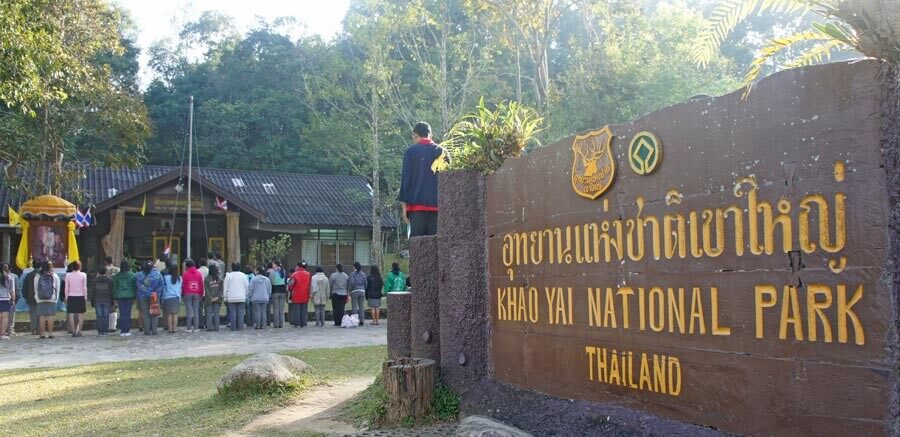
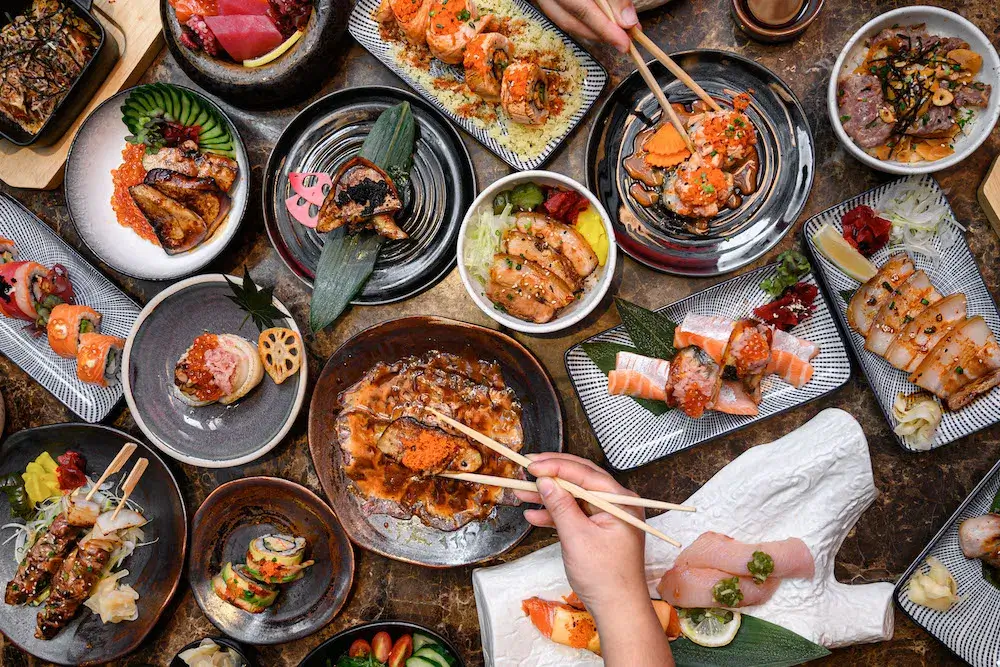
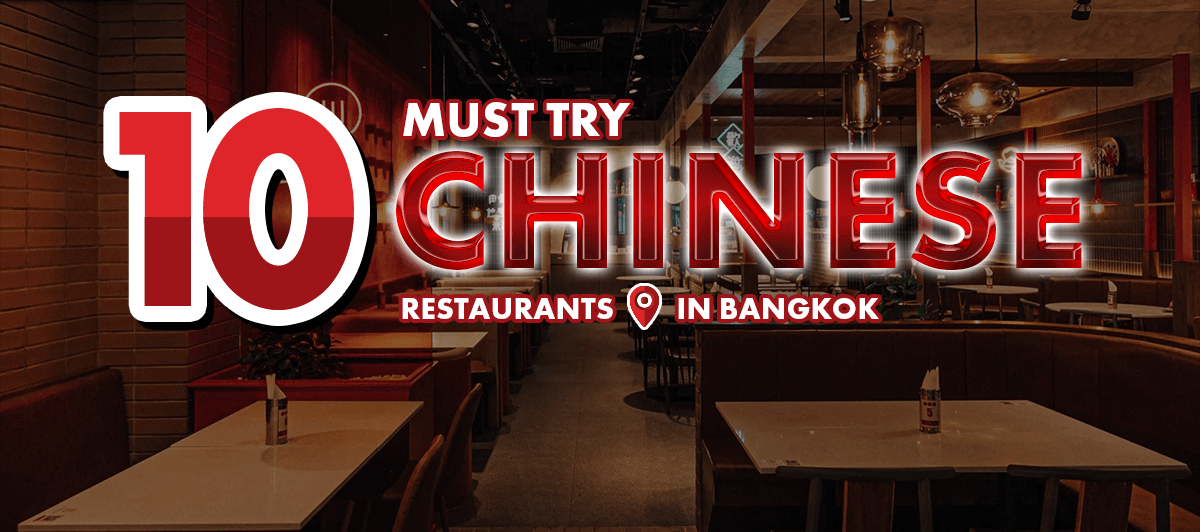
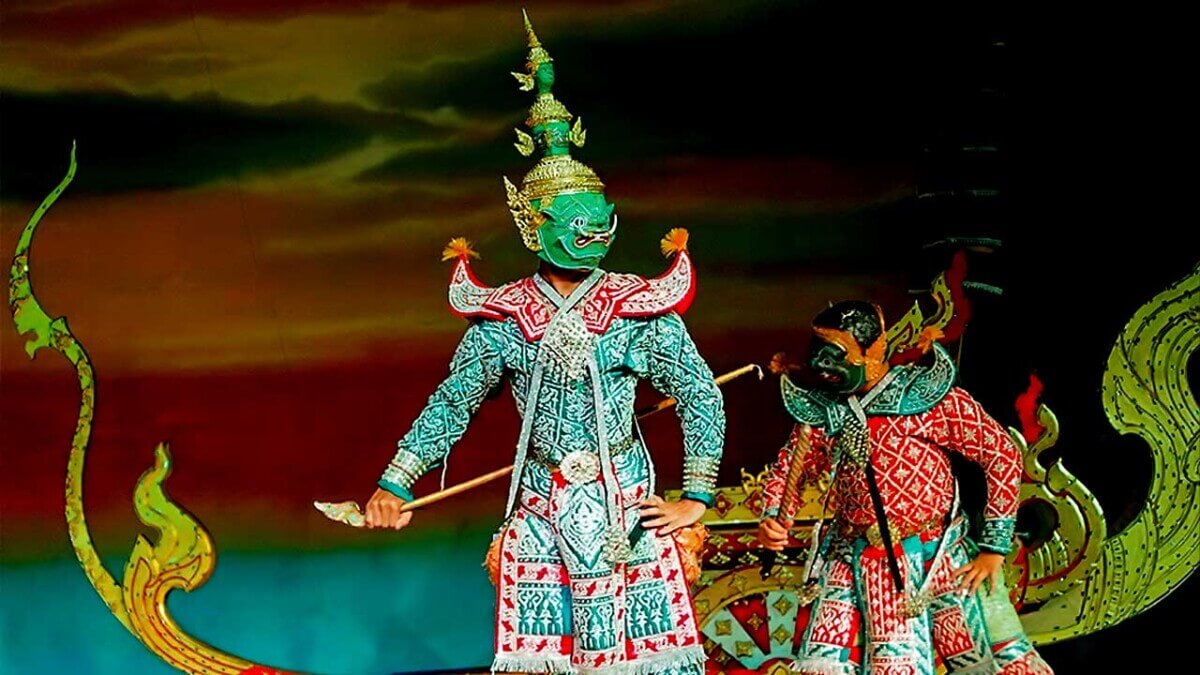
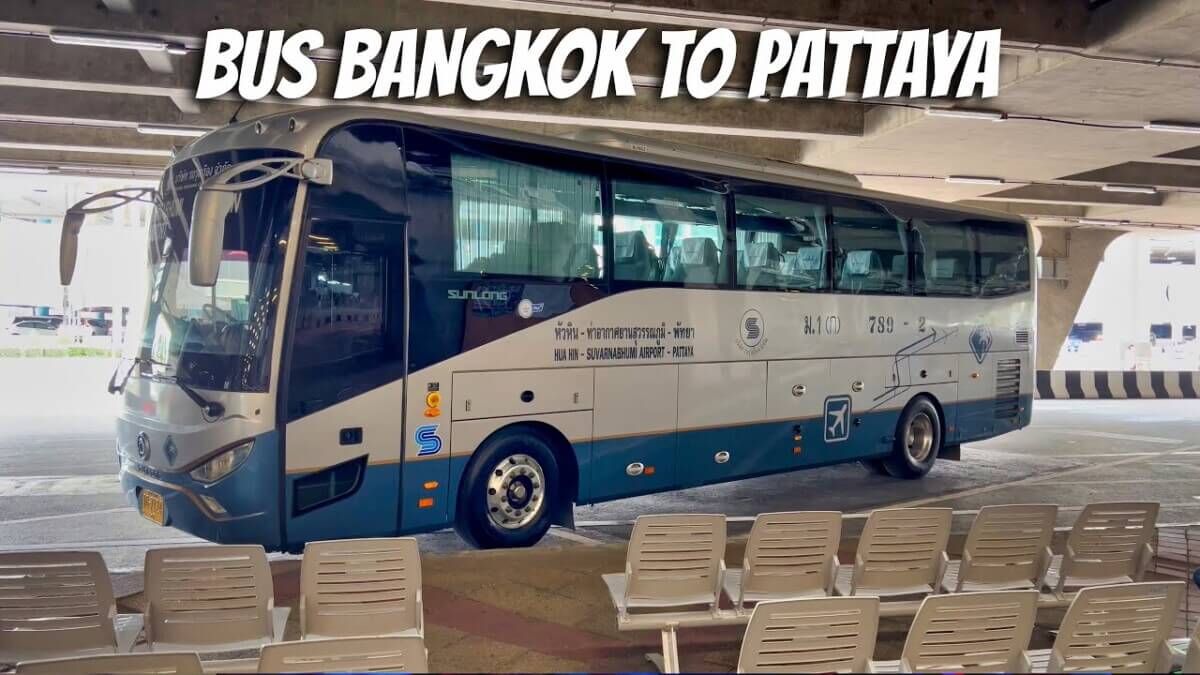
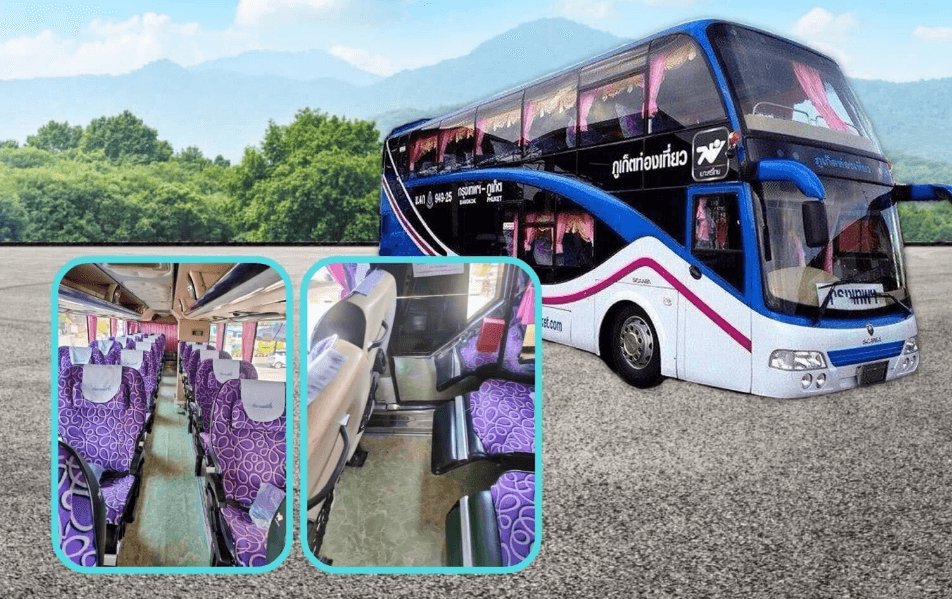

Leave a Reply